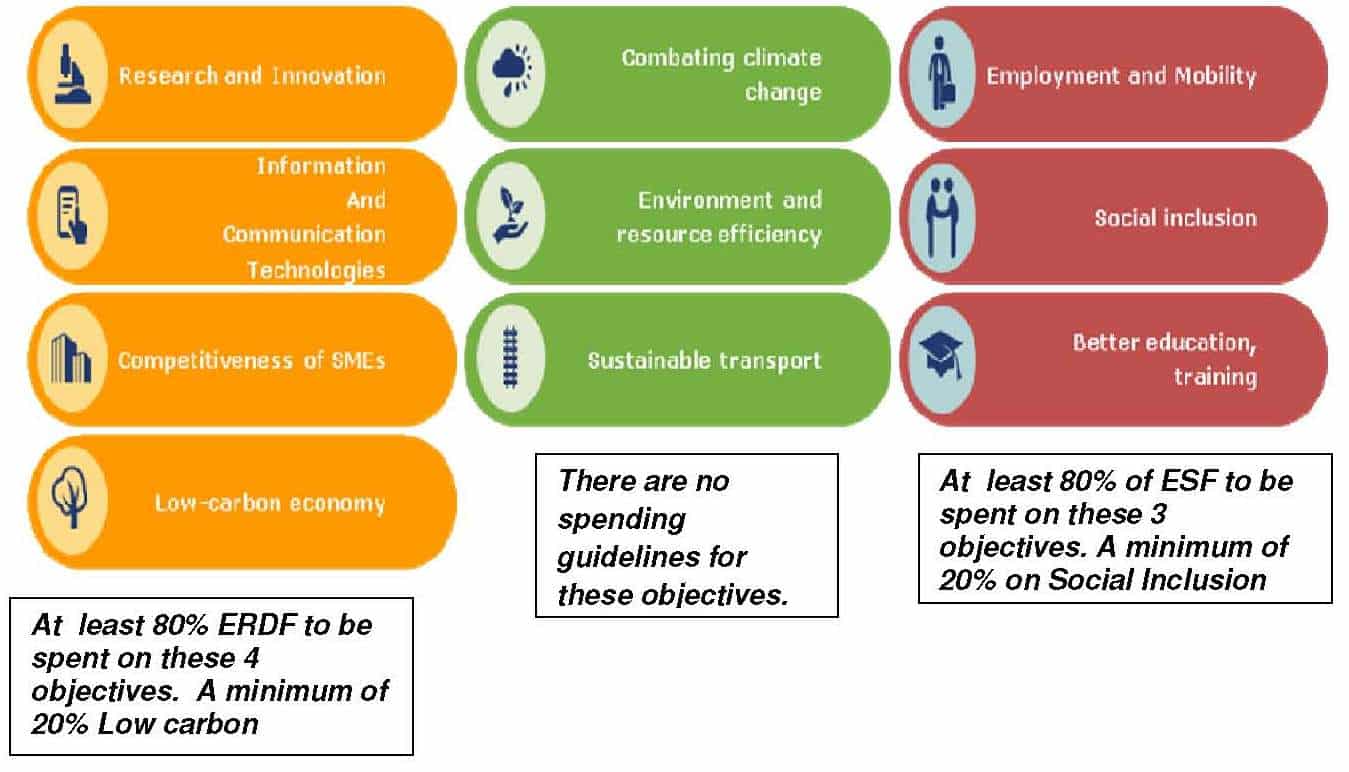In the bustling realm of European innovation, the allocation of funds can often feel like navigating a maze blindfolded. With a staggering budget allocated for Research and Innovation, the European Union sets the stage for a fierce competition among member states and projects vying for a slice of the financial pie. The Innovation Fund, while a beacon of hope for many innovators, poses complex challenges in its distribution, demanding not just creativity but also strategic foresight. Stakeholders grapple with a myriad of regulations, while the clock ticks away in this high-stakes game of funding. Welcome to the intricate dance of fund allocation in the vibrant landscape of European innovation.

Innovation is the lifeblood of economic growth in Europe, yet the path to securing funds for research and innovation is often fraught with challenges. This article sheds light on the intricate mechanisms behind the allocation of the Innovation Fund in Europe, analyzing how stakeholders can successfully navigate this maze. With a budget that aims to boost the EU’s competitive edge, understanding the nuances of these funding processes is essential.
Table of contents
ToggleThe Role of the Innovation Fund
The Innovation Fund serves as a beacon of hope for projects seeking financial support to bring innovative ideas to life. With a focus on sustainable technologies, it aims to facilitate the transition towards a more green economy. This fund plays a critical role in the EU’s commitment to reducing greenhouse gas emissions and investing in breakthrough technologies that have the potential to transform industries.
Understanding the Allocation Process
Navigating the allocation process of the Innovation Fund can feel like trying to solve a Rubik’s cube blindfolded. The intricacies involved require a comprehensive understanding of the eligibility criteria, project requirements, and the myriad of application guidelines. This complex framework is designed to ensure that only the most viable and impactful projects receive funding. Moreover, the EU often looks for innovative ideas that not only promise commercial viability but also contribute to broader societal goals.
Eligibility Criteria
To be considered for funding, applicants must meet specific eligibility criteria. This includes demonstrating how their projects align with the EU’s strategic priorities, such as sustainability and technological innovation. Additionally, projects need to showcase their potential for scalability and impact, as the EU is keen on promoting solutions that can be adopted across multiple regions and sectors.
The Importance of Collaboration
Collaboration is a crucial element in successfully navigating the Innovation Fund landscape. Establishing partnerships with various stakeholders, including industry experts, government entities, and academic institutions, can significantly enhance the credibility of a project. This collaborative approach not only strengthens the application but also fosters a rich ecosystem for innovation, encouraging knowledge sharing and resource pooling.
Navigating Challenges
Despite the benefits of the Innovation Fund, applicants often face numerous challenges. From administrative hurdles to competition from other high-quality projects, the road can be bumpy. It’s vital for applicants to be aware of these obstacles and plan their strategies accordingly. Engaging consultants with expertise in EU funding can also provide valuable insights into the application process, helping applicants avoid common pitfalls.
Tracking Success and Impact
Once funding is secured, the focus shifts to tracking the success and impact of the project. The EU requires detailed reports and assessments to measure the outcomes of funded initiatives. This transparency is not only crucial for accountability but also serves as a learning tool for future applicants. By showcasing tangible results, projects can create a compelling narrative that encourages further investment and interest.
The Future of Innovation Funding in Europe
As Europe strides towards a more innovative future, the role of the Innovation Fund will undoubtedly evolve. The increasing emphasis on cutting-edge technologies and sustainability will likely shape the funding landscape, encouraging new ideas that can address pressing global challenges. Staying informed about changes in policies and funding opportunities will be key for all stakeholders involved in the European innovation ecosystem.
Disruptive Technologies Innovation Fund (DTIF) Call 7 is now open for applications!
— Department of Enterprise, Trade and Employment (@DeptEnterprise) August 22, 2024
DTIF supports collaborative projects engaging in industrial research and experimental development and has awarded funding to over 100 projects to date.
Find out if your project can apply 👇… pic.twitter.com/N8VsgqXJes














